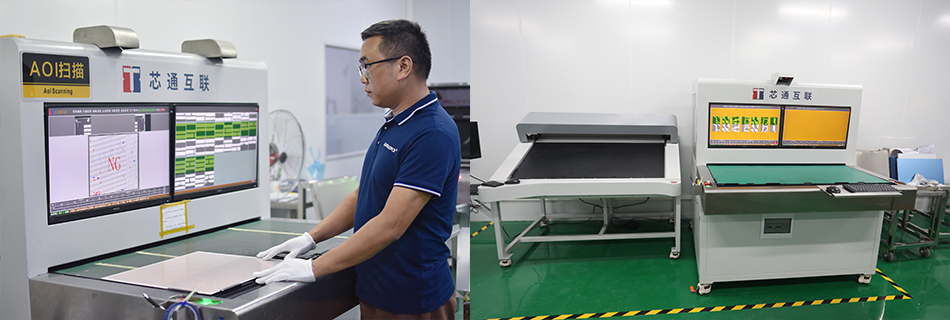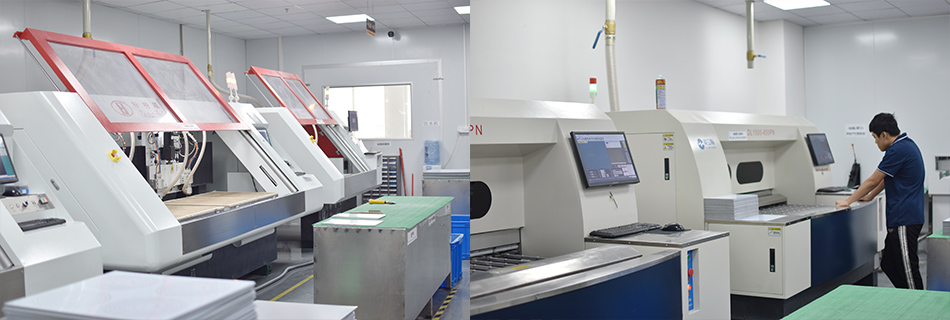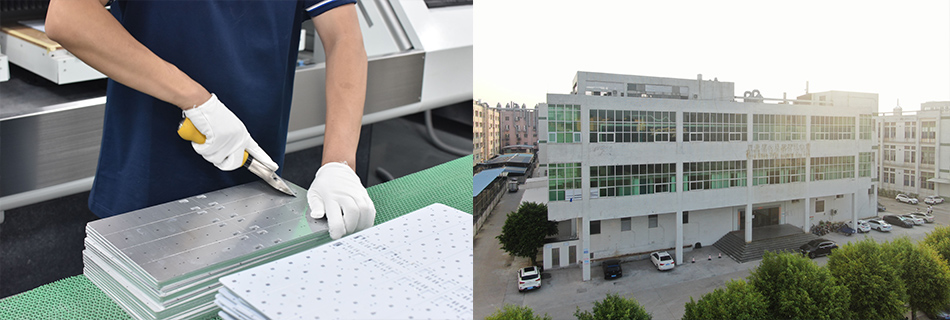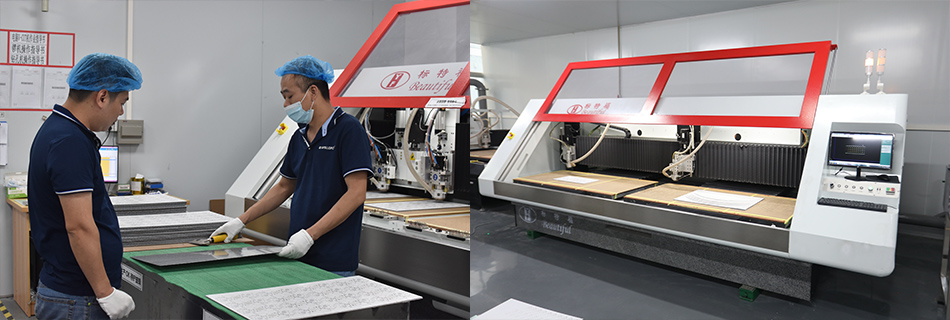-
- PCB TYPE
- PRINTED CIRCUIT BOARD PROTOTYPE ALUMINUM PRINTED CIRCUIT BOARD R&F PCB FPC HIGH FREQUENCY PCB HIGH-TG PCB HEAVY COPPER PCB HDI PCB PCB FOR LIGHTING METAL CORE PCB
time:Sep 23. 2025, 11:43:21
In the world of electronics, the demand for more compact and efficient devices is ever-increasing. This trend has led to the evolution of High-Density Interconnect (HDI) Printed Circuit Boards (PCBs). HDI PCBs are a cornerstone of modern electronics, making them a vital component in everything from smartphones to medical devices. In this article, we will delve into the techniques used in HDI PCB manufacturing and why they are significant.
High-Density Interconnect (HDI) PCBs are characterized by their higher wiring density per unit area compared to traditional PCBs. They achieve this through the use of finer lines and spaces, smaller vias and capture pads, and higher connection pad density. As a result, HDI PCBs can house more components in a smaller area, allowing for more compact device designs.
The importance of HDI PCB manufacturing lies in its ability to meet the demands for miniaturization in modern electronics. As devices become smaller, lighter, and more powerful, the PCBs that power them must also evolve. HDI technology offers several advantages:
Increased Performance: By reducing the distance between components, HDI PCBs improve electrical performance.
Enhanced Reliability: With fewer connections, HDI PCBs are less prone to failure.
Space Efficiency: HDI technology allows for the integration of more components in a smaller space, essential for portable devices.

Manufacturing HDI PCBs involves several advanced techniques that differ from those used in standard PCB fabrication. Here’s a closer look at some key techniques:
Laser drilling is used to create microvias, which are smaller than the traditional vias used in standard PCBs. These microvias are essential for connecting the multiple layers of an HDI PCB. The precision of laser drilling allows for the creation of vias with diameters as small as 50 microns, which is crucial for maintaining the integrity and performance of the board.
Sequential lamination is a process that involves building the PCB in layers, adding one layer at a time. This technique is essential in HDI PCB manufacturing because it allows for the creation of complex multi-layered structures. Each layer can be independently drilled, plated, and etched before being bonded to the previous layer.
Via-in-pad technology involves placing vias directly in the pads of the component footprints. This technique is beneficial in HDI design as it saves space and allows for more efficient routing of the PCB. By embedding the vias within the pads, designers can achieve a more compact layout, which is critical for high-density applications.
HDI PCB manufacturing often requires the use of advanced materials. These materials must support the tighter tolerances and higher thermal stresses associated with HDI designs. High-performance substrates and copper materials are common, providing the necessary electrical and mechanical properties.

The techniques used in HDI PCB manufacturing bring about a host of benefits, particularly for industries where space, weight, and performance are critical factors. Here are some of the key benefits:
Compact Design: HDI technology enables the production of smaller and lighter devices without compromising functionality.
Enhanced Signal Integrity: The shorter paths between components improve the electrical performance of the device.
Improved Thermal Management: HDI PCBs can dissipate heat more efficiently, which is crucial for high-performance applications.
Increased Design Flexibility: The ability to integrate various components into a compact space allows for greater design innovation.

As the demand for HDI PCBs grows, so does the need for specialized PCB assembly services. These services play a crucial role in ensuring the quality and functionality of the final product.
Choosing the Right Assembly Service
Selecting the right PCB assembly service is vital for the success of any HDI PCB project. Here are some factors to consider:
Experience and Expertise: Look for a service provider with a proven track record in HDI PCB assembly.
Quality Assurance: Ensure that the provider follows strict quality control processes to deliver reliable products.
Advanced Equipment: The use of state-of-the-art equipment is essential for handling the intricacies of HDI PCB assembly.
Scalability: Choose a partner who can accommodate your production scale, whether you need small batches or large volumes.

HDI PCBs are at the forefront of modern electronic design, enabling the creation of devices that are smaller, faster, and more powerful. The advanced manufacturing techniques used in HDI PCB production, such as laser drilling and via-in-pad technology, are crucial in meeting the high demands of today's electronics market. By understanding these techniques, businesses can better appreciate the capabilities of HDI technology and make informed decisions when selecting PCB assembly services.
In summary, as technology continues to evolve, HDI PCBs will remain an essential component of the electronics industry, driving innovation and enabling the next generation of electronic devices.
The article provides a comprehensive overview of HDI PCB manufacturing techniques, using plain language to ensure accessibility. It highlights the significance of HDI technology, the manufacturing processes involved, and the benefits it offers, while also emphasizing the importance of choosing the right PCB assembly service.

Got project ready to assembly? Contact us: info@apollopcb.com



We're not around but we still want to hear from you! Leave us a note:

Leave Message to APOLLOPCB
